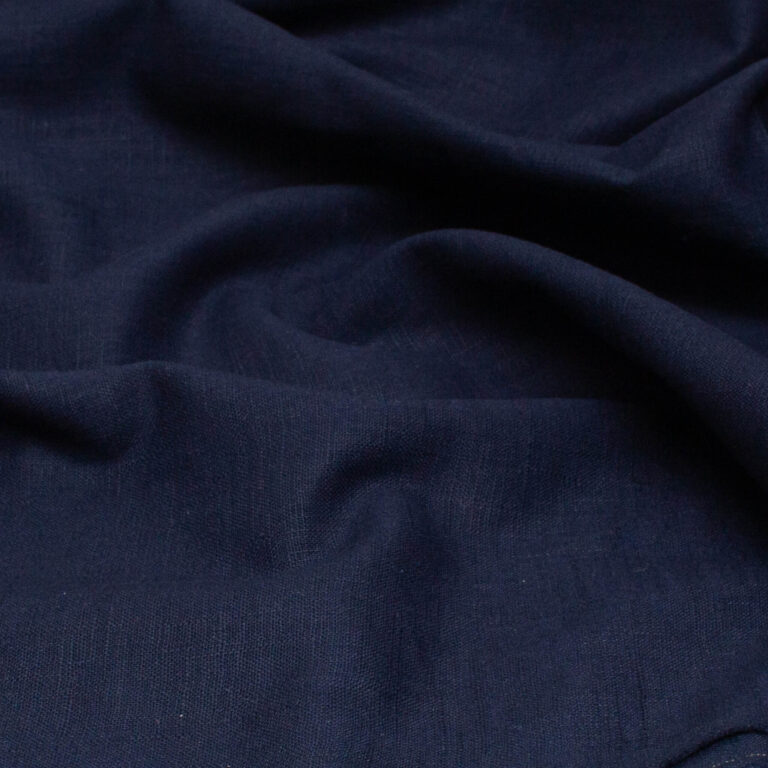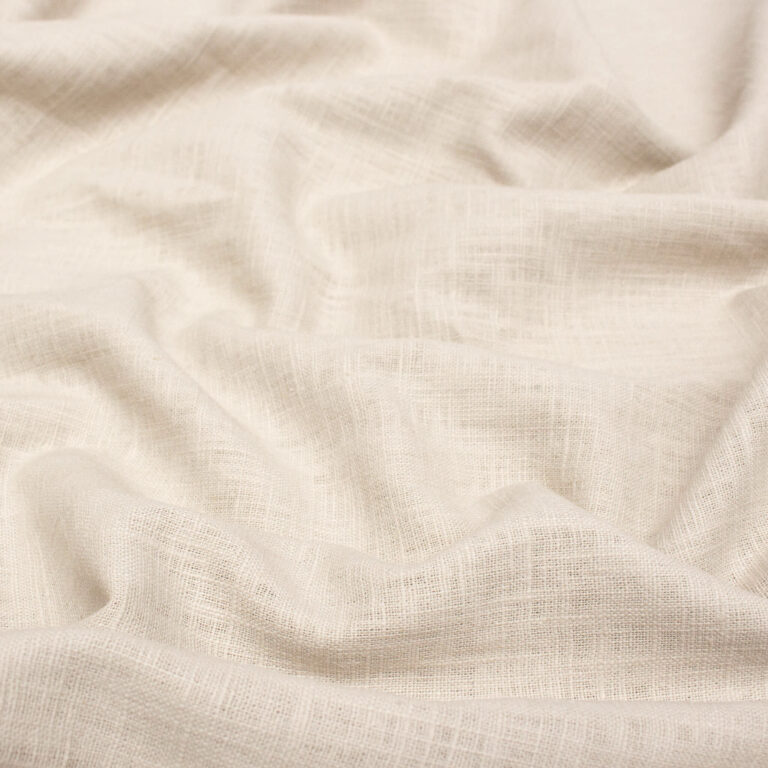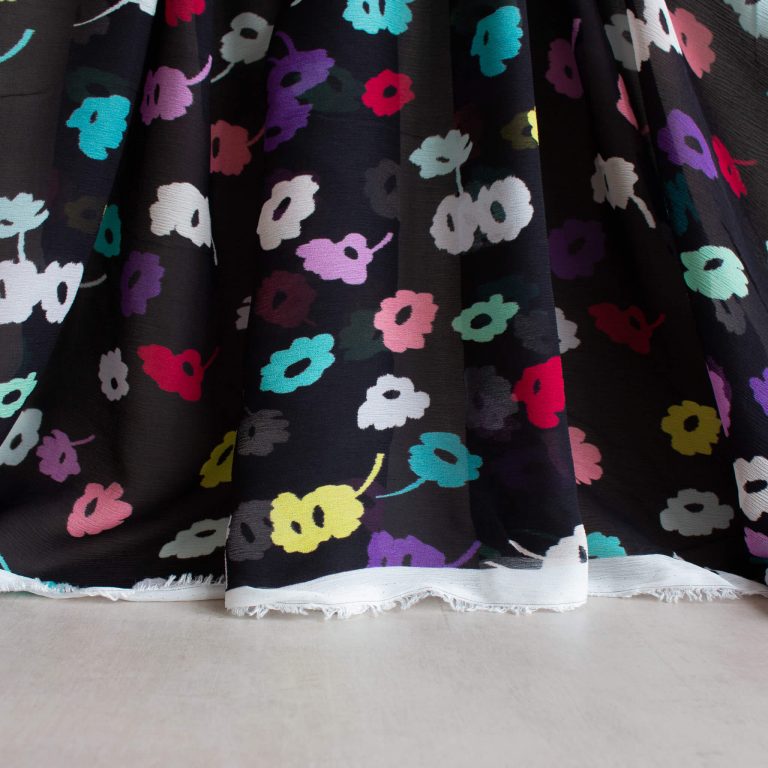Ex-Designer Deadstock Fabric
Ex-Designer deadstock fabric refers to surplus material left over from a brand’s production or sampling process that is no longer needed. The most environmentally responsible approach is to repurpose this fabric by selling it to fabric stores or other brands, allowing it to be reused. While this seems like a sustainable win-win, the reality is more complex.
In many cases, deadstock fabric doesn’t always originate from fashion brands. Instead, fabric mills may intentionally overproduces, say, an extra 300 meters and sell it directly to wholesalers as “deadstock.” This practice can occur with or without the brand’s consent, raising concerns about whether this fabric truly reduces waste or merely contributes to overproduction.
Another issue is the lack of transparency and regulation surrounding deadstock fabric. It’s often difficult to verify its origin, composition, or whether it meets eco-certification standards, leading to questions about its sustainability.
Despite these challenges, true ex-designer deadstock fabric does exist. This is fabric purchased directly from brands on a small scale, typically after it failed to serve its original purpose. Genuine ex-designer deadstock fabric can often be traced back to its source, with clear information about its composition and eco-friendly credentials, making it a more reliable sustainable option.



